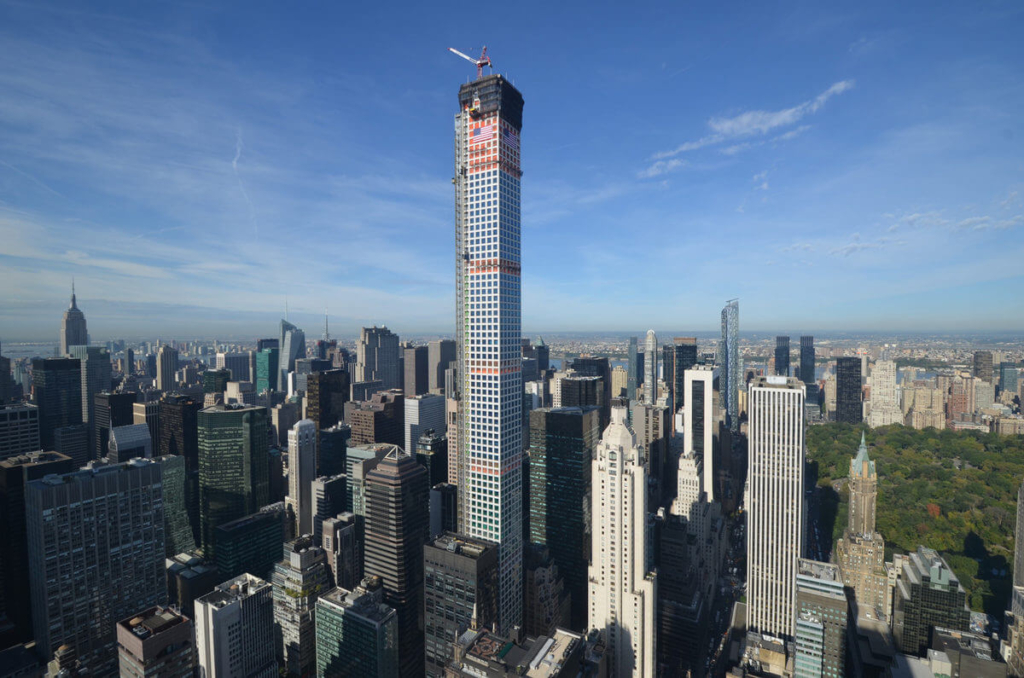
By Siham Ben Amor, MD, WER Investments Ltd
The Rise of a New Lifestyle
Picture this: you wake up on the 45th floor, the Thames glistening below, the Shard and St Paul’s Cathedral standing proud on the horizon. This is no longer a luxury reserved for a handful of penthouses, it’s becoming the new standard of prime Central London real estate.
Over the past 18 months, London skyscrapers have shifted from bold architectural statements to lifestyle destinations. These glass towers, with their striking façades and curated amenities, are rewriting the rules of urban luxury and reshaping how buyers approach Central London property investment.
Trends Shaping the Market
Recent data reveals some powerful trends:
- Growing demand: Sales of high-rise luxury apartments have surged, with reports of 20–25% growth year-on-year, particularly among international buyers seeking trophy assets.
- Capital growth: Properties in landmark towers such as Nine Elms, Canary Wharf, and City Road Basin have experienced 8–12% price increases in the past year.
- Green innovation: Developers are prioritizing sustainable design, from energy-efficient glazing to rooftop gardens, making these residences attractive to ESG-conscious investors.
These shifts underline a clear fact: the appetite for skyscraper living in London is accelerating, creating some of the most compelling London property investment opportunities of the decade.
The Appeal: Why Buyers and Investors Are Drawn In
- Unmatched views – Floor-to-ceiling glass brings London’s iconic skyline into your living room.
- Amenities as extensions of home – Rooftop gyms, private cinemas, spas, and concierge services add value and drive rental yields.
- Connectivity – Strategically located near business districts and transport links, towers appeal strongly to professionals and expats.
- Global prestige – For overseas buyers, a London skyscraper address signals exclusivity and stability.
For investors, these features translate into premium rents, resale demand, and long-term capital appreciation, reinforcing London’s position as a global hub for prime Central London real estate.
The Flip Side: Risks and Realities
No investment story is complete without the caveats:
- High running costs – Service charges and maintenance fees can significantly eat into yields.
- Oversupply risks – With several towers nearing completion, some districts may face market saturation, slowing price growth.
- Economic sensitivity – In downturns, luxury apartments are more vulnerable to slower resales.
- Design challenges – While glass walls maximise light, they can increase energy consumption and reduce privacy without the right solutions.
These factors mean buyers and investors must weigh lifestyle benefits against financial realities before making a Central London property investment.
Looking Ahead
Glass towers are not just buildings, they represent a new era of London living: vertical communities, sustainable design, and global appeal. They embody how London continues to evolve as a world-class real estate market.
But the big question remains: 👉 Are skyscrapers the future of prime Central London real estate, or will their rapid rise test the limits of demand?
I’d love to hear your thoughts, share your perspective in the comments.
